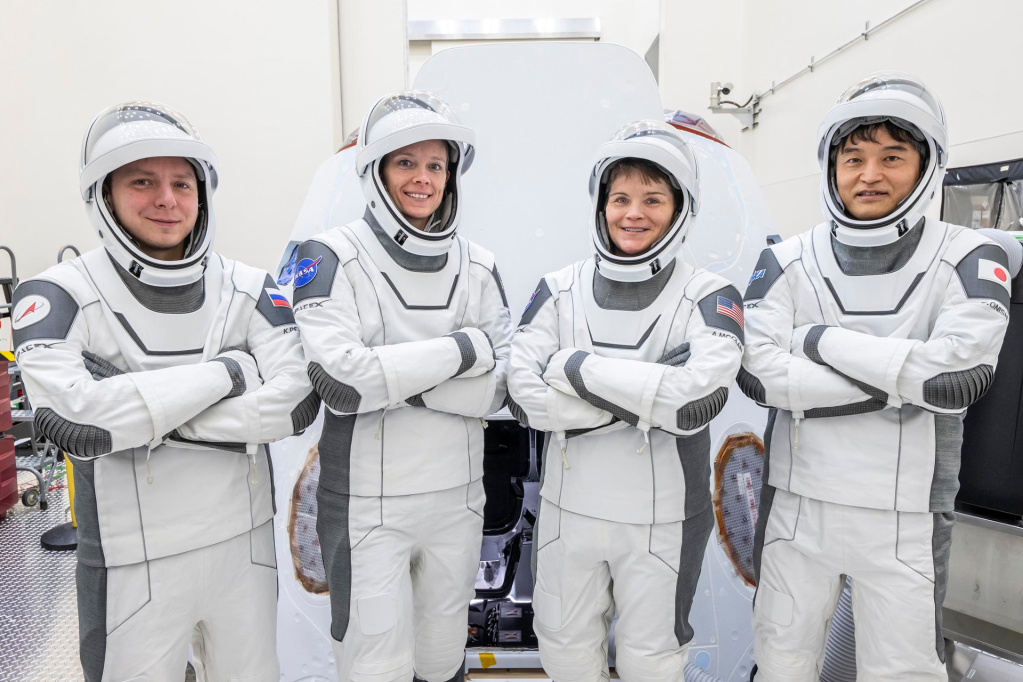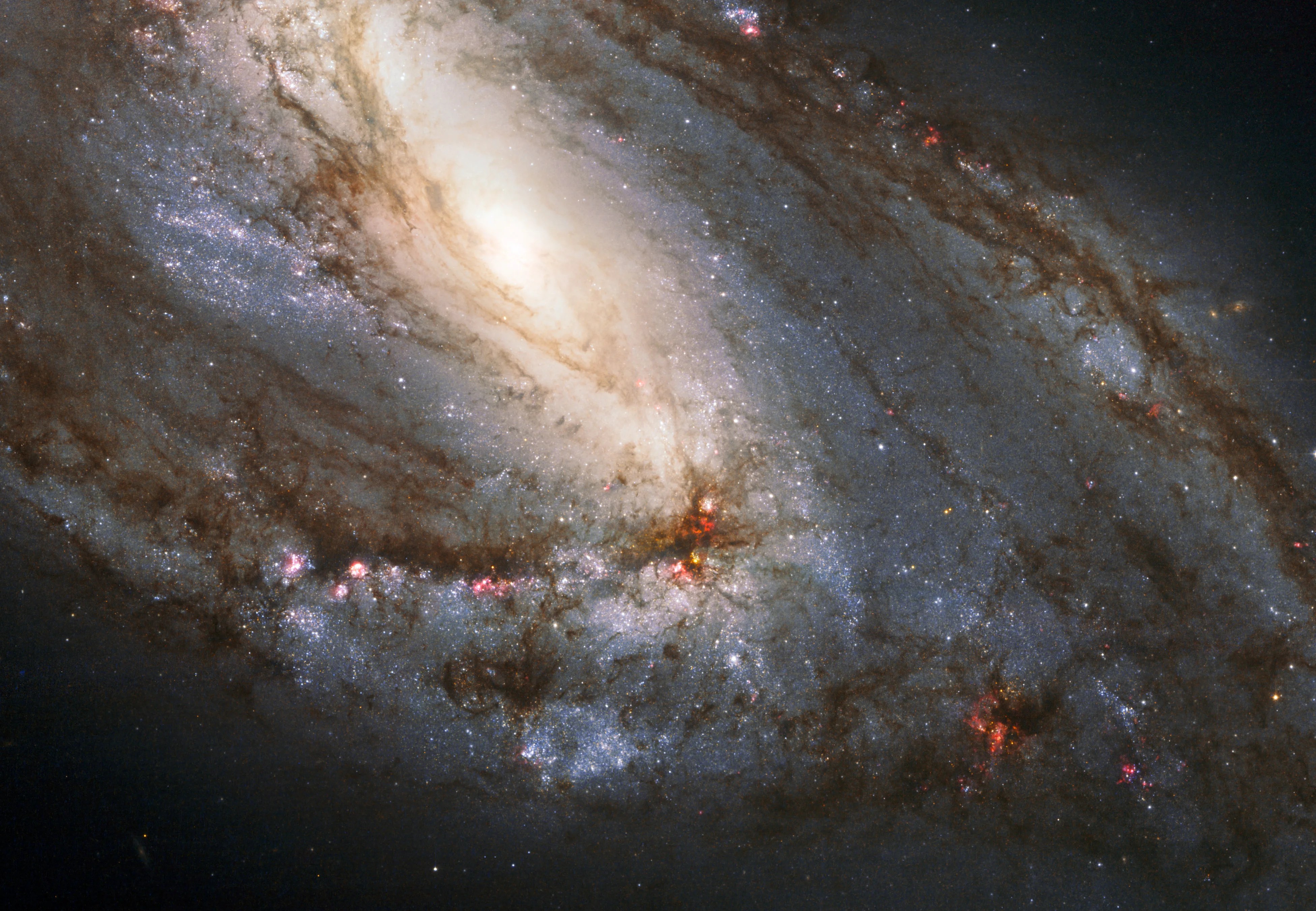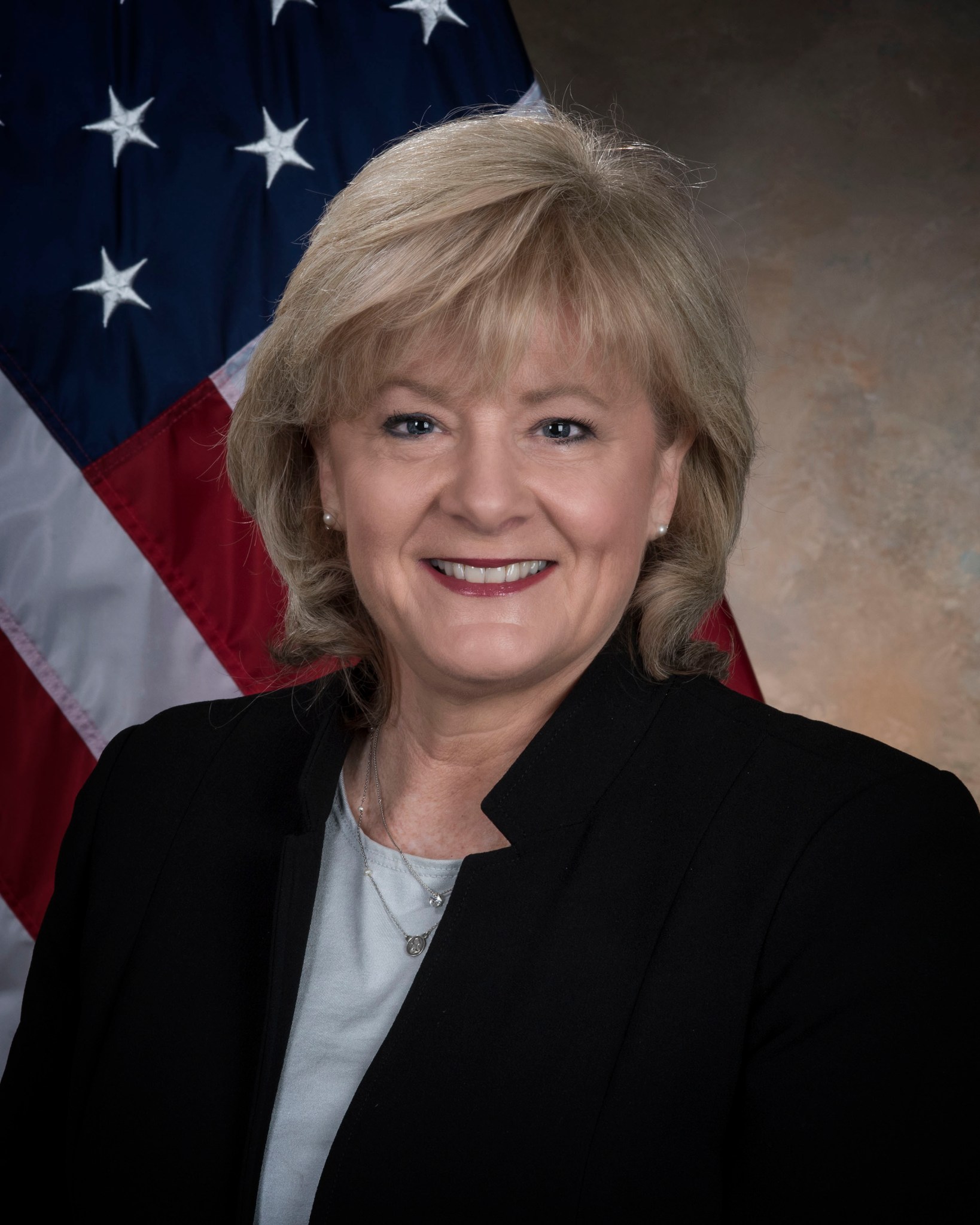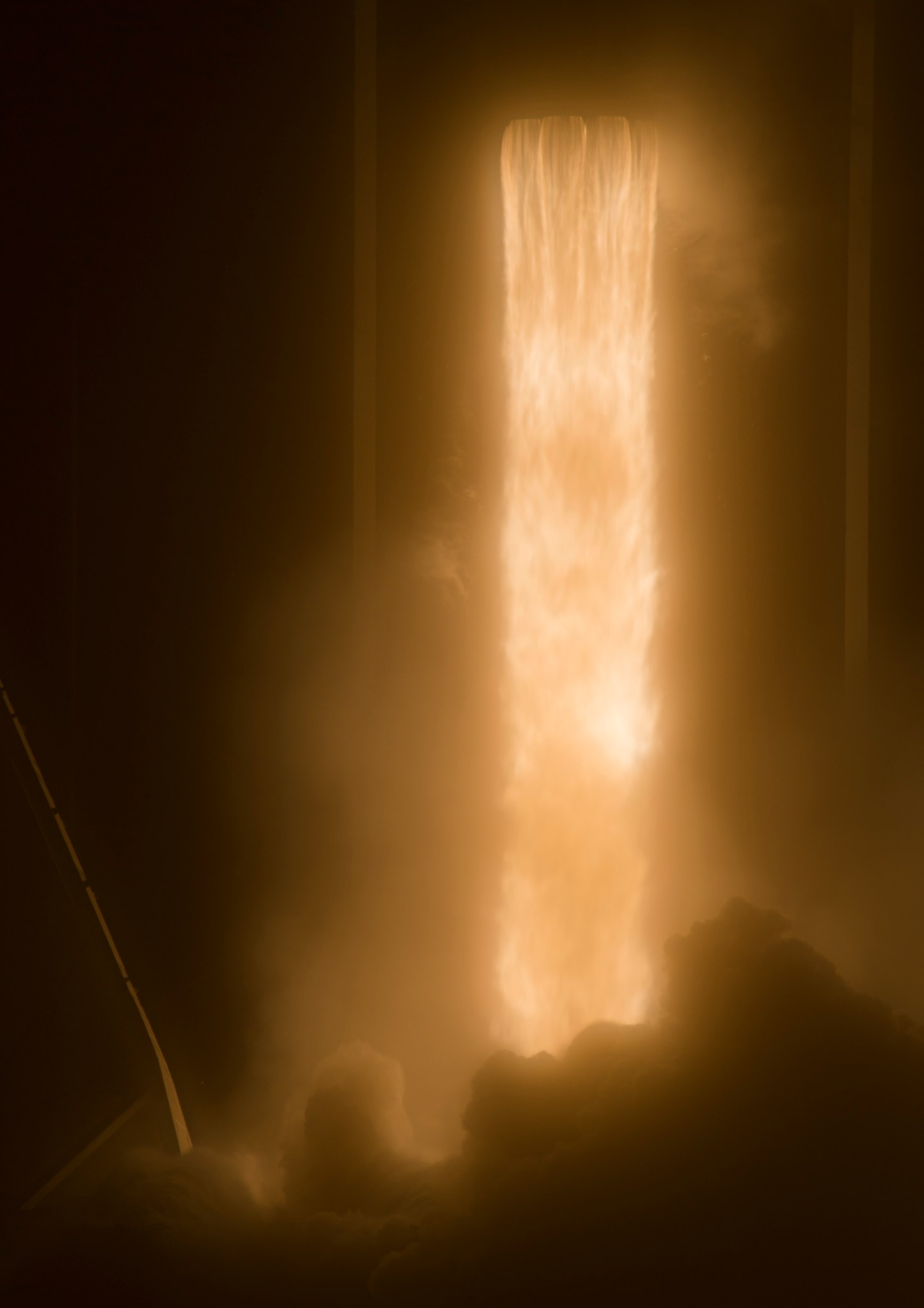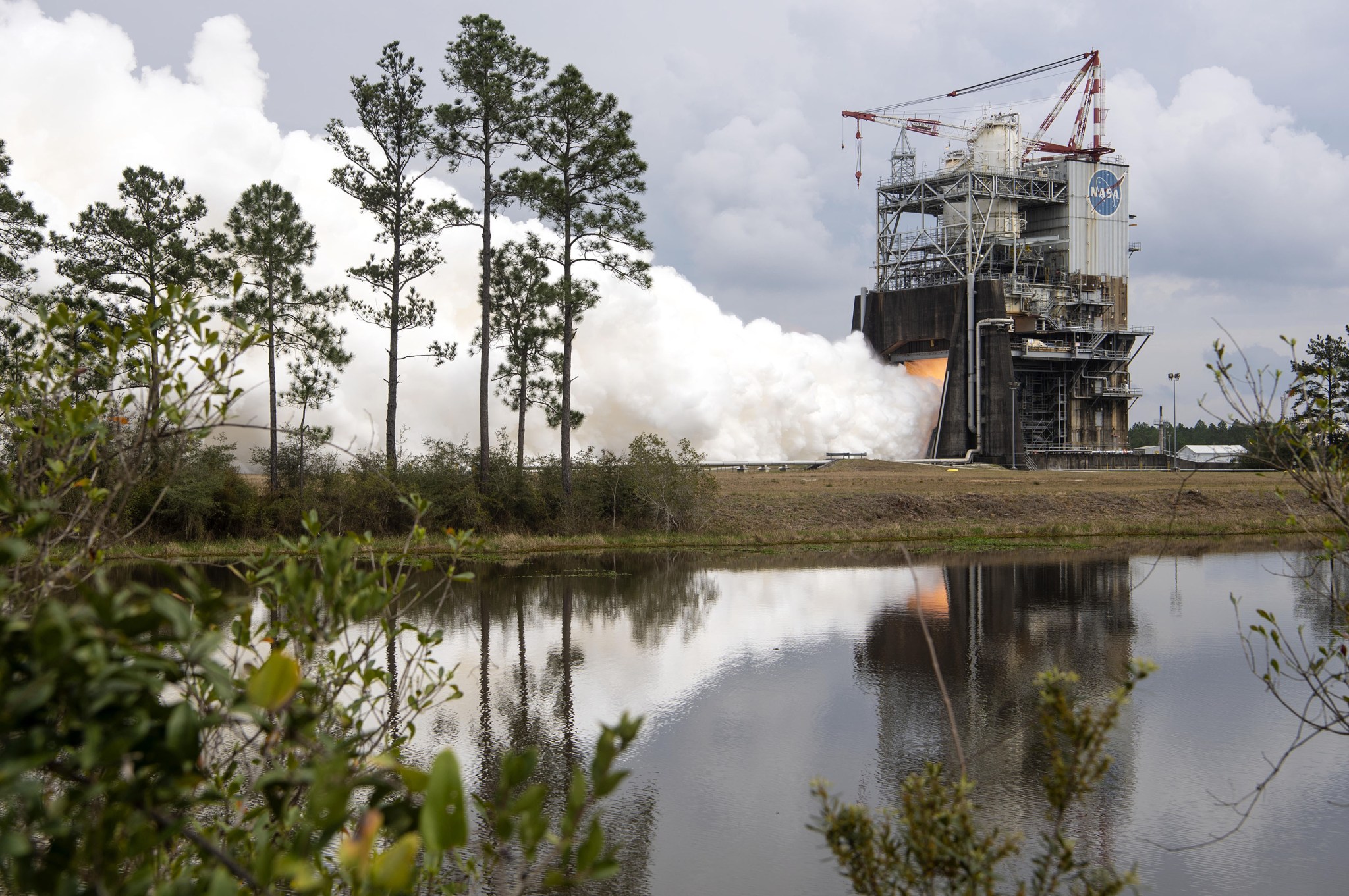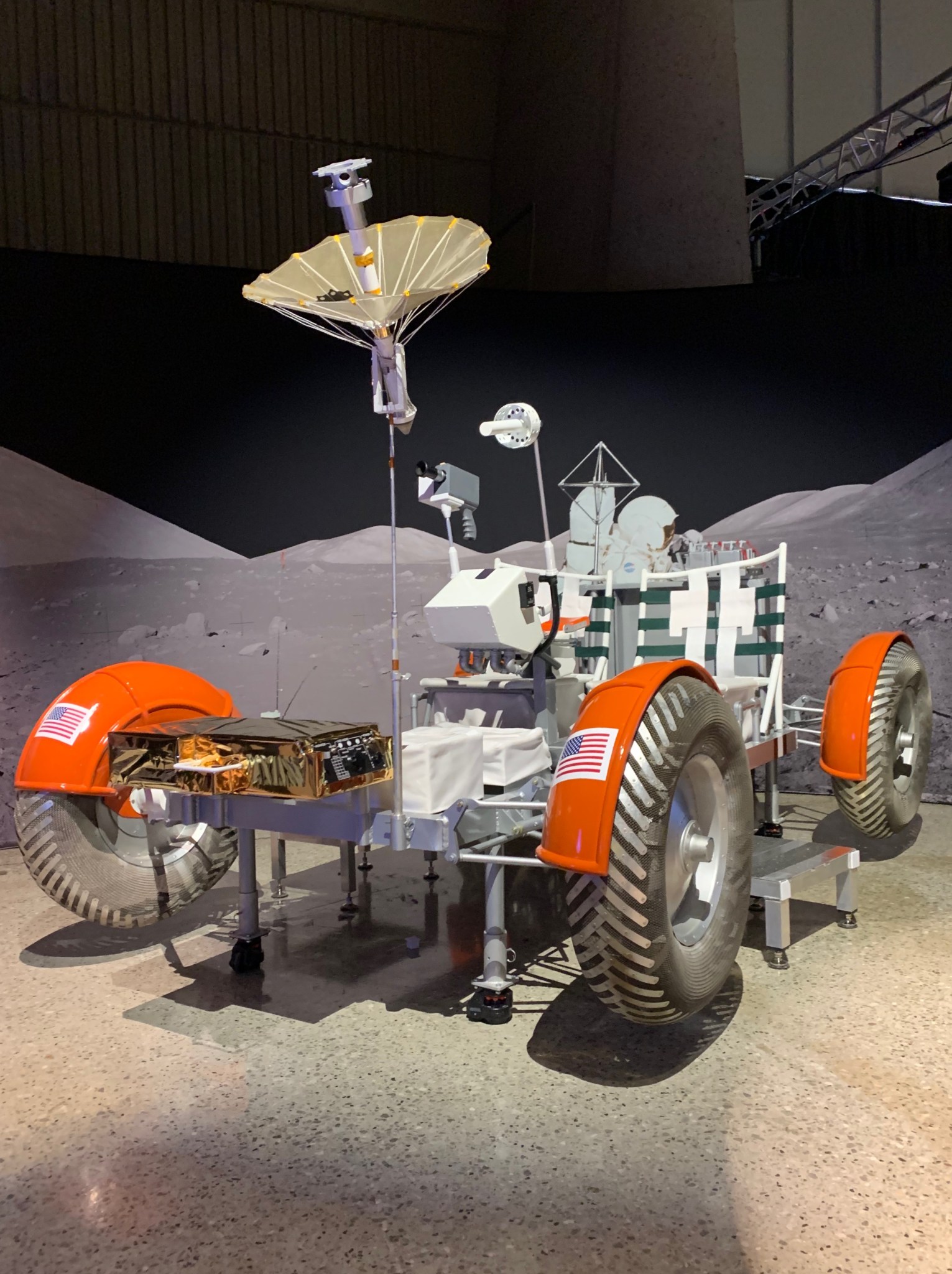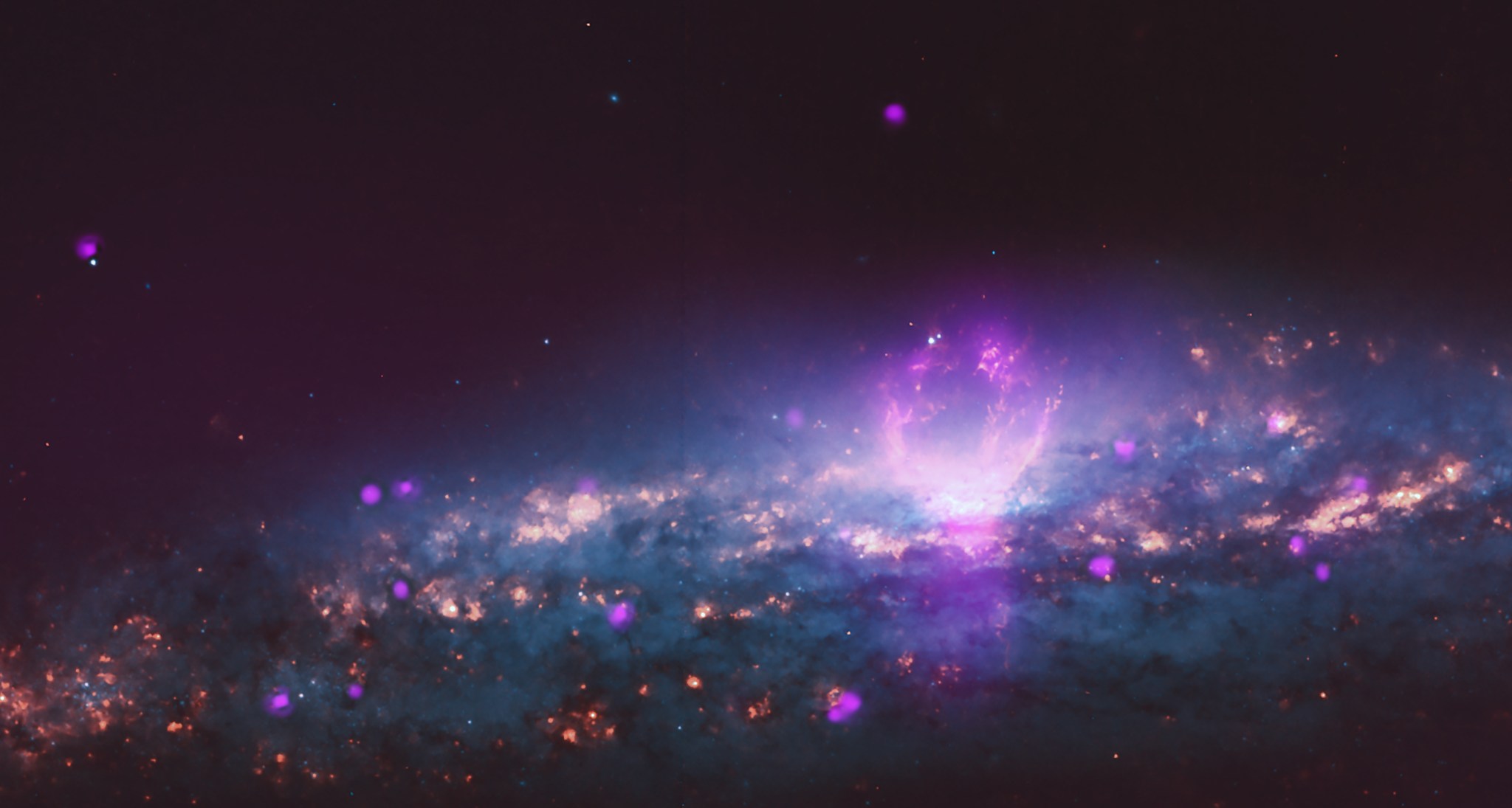In This Week’s Star
- Marshall Events Highlight NASA’s Moon to Mars Plans, FY2020 Budget; All-Hands Meeting with Marshall Center Director Jody Singer to Follow
- SpaceX Falcon 9 Rocket Launches Demo-1 Mission March 2
- NASA RS-25 Engine Test Fires at Highest Power
- U.S. Space & Rocket Center Unveils New Exhibit and Planetarium
- Marshall’s Arthur Werkheiser Featured in Faces of Technology Video
- Galactic Bubbles Play Cosmic Pinball with Energetic Particles
- Marshall Team Celebrates Black History Month
- This Week in NASA History: Launch of Apollo 9 – March 3, 1969
Marshall Events Highlight NASA’s Moon to Mars Plans, FY2020 Budget; All-Hands Meeting with Marshall Center Director Jody Singer to Follow
Marshall team members are invited to attend a viewing of NASA Administrator Jim Bridenstine’s address providing an update on the agency’s work to return astronauts to the Moon and on to Mars live from NASA’s Kennedy Space Center at noon CDT, March 11 in Morris Auditorium, Building 4200.
Immediately following the administrator’s address, Marshall Center Director Jody Singer will discuss what the FY20 budget proposal means for Marshall and take questions from the team.
Questions may be submitted during the event by:
- Going to https://www.nasa.gov/townhall
- Clicking on Marshall Space Flight Center
- Clicking “+ Ask” or, if your question is already on the list, vote it up the list by clicking the arrow on the left
The administrator’s address and the Marshall all-hands meeting will be streamed live on Desktop TV, for team members who are unable to attend.
SpaceX Falcon 9 Rocket Launches Demo-1 Mission March 2
A SpaceX Falcon 9 rocket with the company’s Crew Dragon spacecraft onboard launched from NASA’s Kennedy Space Center, on its way to the International Space Station on March 2. The Demo-1 mission, launched at 1:49 a.m. CST, was the first launch of a commercially built and operated American spacecraft and space system designed for humans as part of NASA’s Commercial Crew Program. The mission will serve as an end-to-end test of the system’s capabilities. After making 18 orbits of Earth, the Crew Dragon spacecraft successfully attached to the space station’s Harmony module forward port via “soft capture” at 4:41 a.m. CST March 3. The Crew Dragon used the station’s new international docking adapter for the first time since astronauts installed it in August 2016. The SpaceX Crew Dragon spaceship will leave the space station Friday, March 8 at 1:31 a.m. CST. Splashdown in the Atlantic Ocean is scheduled around 7:45 a.m. CST. Undocking and splashdown will air live on NASA TV. (NASA/Joel Kowsky)
NASA RS-25 Engine Test Fires at Highest Power
The latest RS-25 rocket engine test at NASA’s Stennis Space Center for the agency’s Space Launch System was one of the most significant tests to date. For the fourth time, NASA powered the engine to 113 percent of its original thrust design, this time for more than 430 seconds, which is about four times longer than any previous hot fire at that thrust level. The entire test lasted for 500 seconds and concluded a nine-test series that began last August using the No. 0525 developmental engine. NASA is testing RS-25 engines to help power the SLS rocket, which will send humans deeper into space than ever before. Each RS-25 test marks progress toward Exploration Mission-1, during which SLS will launch an Orion spacecraft around the Moon and back to Earth to test critical capabilities needed for deep space flights. (NASA)
U.S. Space & Rocket Center Unveils New Exhibit and Planetarium
By Will Bryan
New exhibits and features at the U.S. Space & Rocket Center in Huntsville — the official visitor center for NASA’s Marshall Space Flight Center — enable visitors to step into the past while envisioning the future.
The newly opened exhibit “Apollo: When We Went to the Moon” tells the story of the Apollo program through the eyes of the engineers and astronauts who made walking on the Moon a reality. An Apollo 11 launch experience, artifacts and media memorabilia from the time period are featured as part of the exhibit. Visitors will also experience the entire six decades of space exploration beginning with the space race with the Soviet Union through the history-making lunar landings and storied Space Shuttle Program, culminating with the successful, collaborative International Space Station.
Also new to the museum is the INTUITIVE Planetarium — a state-of-the-art digital planetarium. Using the renowned dome that was once home to an IMAX movie theater, the planetarium will host astronomy shows, live entertainment and other events. The planetarium, which opened in late February, is sponsored by Intuitive Research and Technology Corp., headquartered in Huntsville.
Visit here to learn more about the U.S. Space & Rocket Center.
Bryan, an ASRC Federal/Analytical Services employee, supports the Office of Strategic Analysis & Communications.
Marshall’s Arthur Werkheiser Featured in Faces of Technology Video
NASA Marshall Space Flight Center engineers are known for developing rocket engines that send our robotics and human explorers out into the cosmos. These engineers also have the important job of ensuring the cryogenic super-cooled propellants, including liquid hydrogen and liquid oxygen, do not escape the confines of their tanks until they are needed.
Arthur Werkheiser, the cryogenic project manager at Marshall, is one of those engineers and was recently featured in NASA’s Faces of Technology video series. “I work with cryogenic propellants and trying to keep them liquid on the journey to Mars,” said Werkheiser. “The cryogenic propellants keep liquid propellants in their liquid state, so they don’t boil off.”
Things such as changing the temperature and pressure can help, but the challenge is still great. “Cryogenics in space is a balance of resources. If you’re going to get there and come back, you’ve got to be able to keep your propellant cold,” he said.
Watch the video below to learn more about how the work being done by the Marshall team is meeting the challenge and fueling the way to the Moon and Mars.
Click here to learn more about cryogenics research at NASA.
Galactic Bubbles Play Cosmic Pinball with Energetic Particles
We all know bubbles from soapy baths or sodas. These bubbles of everyday experience on Earth are up to a few inches across, and consist of a thin film of liquid enclosing a small volume of air or other gas. In space, however, there are very different bubbles — composed of a lighter gas inside a heavier one — and they can be huge.
The galaxy NGC 3079, located about 67 million light years from Earth, contains two “superbubbles” unlike anything here on our planet. A pair of balloon-like regions stretch out on opposite sides of the center of the galaxy: one is 4,900 light-years across and the other is only slightly smaller, with a diameter of about 3,600 light-years. For context, one light year is about 6 trillion miles, or 9 trillion kilometers.
The superbubbles in NGC 3079 give off light in the form of X-ray, optical and radio emission, making them detectable by NASA telescopes. In this composite image, X-ray data from NASA’s Chandra X-ray Observatory are shown in purple and optical data from NASA’s Hubble Space Telescope are shown in orange and blue. A labeled version of the X-ray image shows that the upper superbubble is clearly visible, along with hints of fainter emission from the lower superbubble.
New observations from Chandra show that in NGC 3079 a cosmic particle accelerator is producing ultra-energetic particles in the rims of the superbubbles. These particles can be much more energetic than those created by Europe’s Large Hadron Collider (LHC), the world’s most powerful human-made particle accelerator.
The superbubbles in NGC 3079 provide evidence that they and structures like them may be the source of high-energy particles called “cosmic rays” that regularly bombard Earth. Shock waves — akin to sonic booms caused by supersonic planes — associated with exploding stars can accelerate particles up to energies about 100 times larger than those generated in the LHC, but astronomers are uncertain about where even more energetic cosmic rays come from. This new result suggests superbubbles may be one source of these ultra-energetic cosmic rays.
The outer regions of the bubbles generate shock waves as they expand and collide with surrounding gas. Scientists think charged particles scatter or bounce off tangled magnetic fields in these shock waves, much like balls rebounding off bumpers in a pinball machine. When the particles cross the shock front they are accelerated, as if they received a kick from a pinball machine’s flipper. These energetic particles can escape and some may eventually strike Earth’s atmosphere in the form of cosmic rays.
The amount of radio waves or X-rays at different wavelengths, or “spectra,” of one of the bubbles suggests that the source of the emission is electrons spiraling around magnetic field lines, and radiating by a process called synchrotron radiation. This is the first direct evidence of synchrotron radiation in high-energy X-rays from a galaxy-sized superbubble, and it tells scientists about the maximum energies that the electrons have attained. It is not understood why synchrotron emission is detected from only one of the bubbles.
The radio and X-ray spectra, along with the location of the X-ray emission along the rims of the bubbles, imply that the particles responsible for the X-ray emission must have been accelerated in the shock waves there, because they would have lost too much energy while being transported from the center of the galaxy.
NGC 3079’s superbubbles are younger cousins of “Fermi bubbles,” first located in the Milky Way galaxy in 2010. Astronomers think such superbubbles may form when processes associated with matter falling into a supermassive black hole in the center of a galaxy, which leads to the release of enormous amounts of energy in the form of particles and magnetic fields. Superbubbles may also be sculpted by winds flowing from a large number of young, massive stars.
A paper describing these results was led by Jiangtao Li of the University of Michigan and appears in The Astrophysical Journal. It is also available online. NASA’s Marshall Space Flight Center manages the Chandra program for NASA’s Science Mission Directorate. The Smithsonian Astrophysical Observatory in Cambridge, Massachusetts, controls Chandra’s science and flight operations.
Marshall Team Celebrates Black History Month
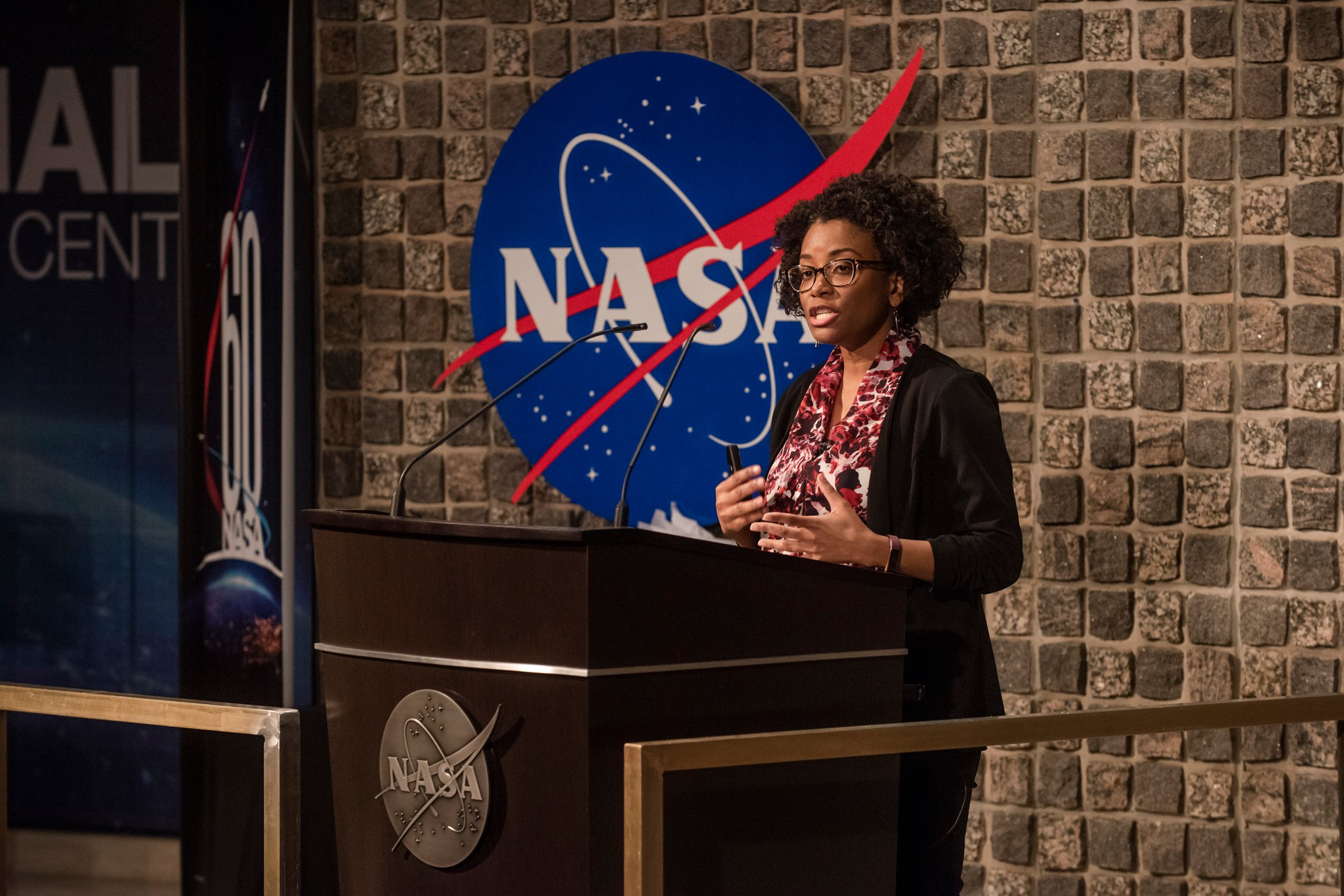
Dr. Shanique Brown, an assistant professor of industrial-organizational psychology at Wayne State University in Detroit, Michigan, delivers the Black History Month keynote address to team members at NASA’s Marshall Space Flight Center Feb. 28. Participants mingled with Brown and Marshall leaders after the speech and a panel discussion on diversity and inclusion, and sampled a variety of ethnic foods. The 2019 commemoration, themed “Migrations From Here to There,” was organized by Marshall’s Office of Diversity and Equal Opportunity. (NASA/MSFC/Charles Beason)
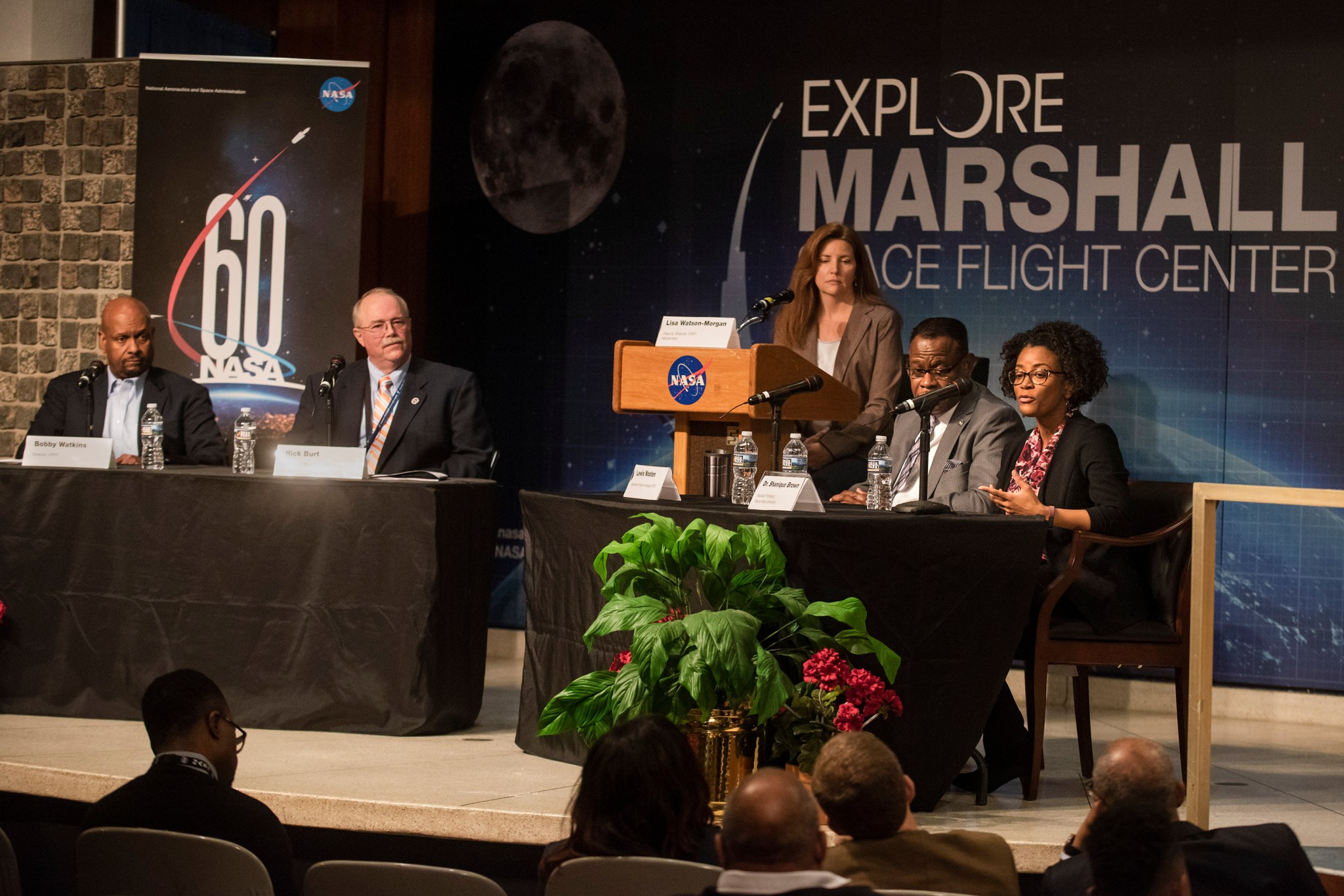
Following her address, Wayne State University professor Shanique Brown, far right, takes part in a panel discussion on diversity and building strong, inclusive teams. She was joined by, from right, Lewis Wooten, associate program manager for the Space Launch System Program Office at Marshall; moderator Lisa Watson-Morgan, deputy director of Marshall’s Engineering Directorate; Rick Burt, director of Marshall’s Safety & Mission Assurance Directorate; and Bobby Watkins, director of the Human Exploration Development and Operations Office. Agencies of the federal government host a variety of African-American History Month activities nationwide. (NASA/MSFC/Charles Beason)
This Week in NASA History: Launch of Apollo 9 – March 3, 1969
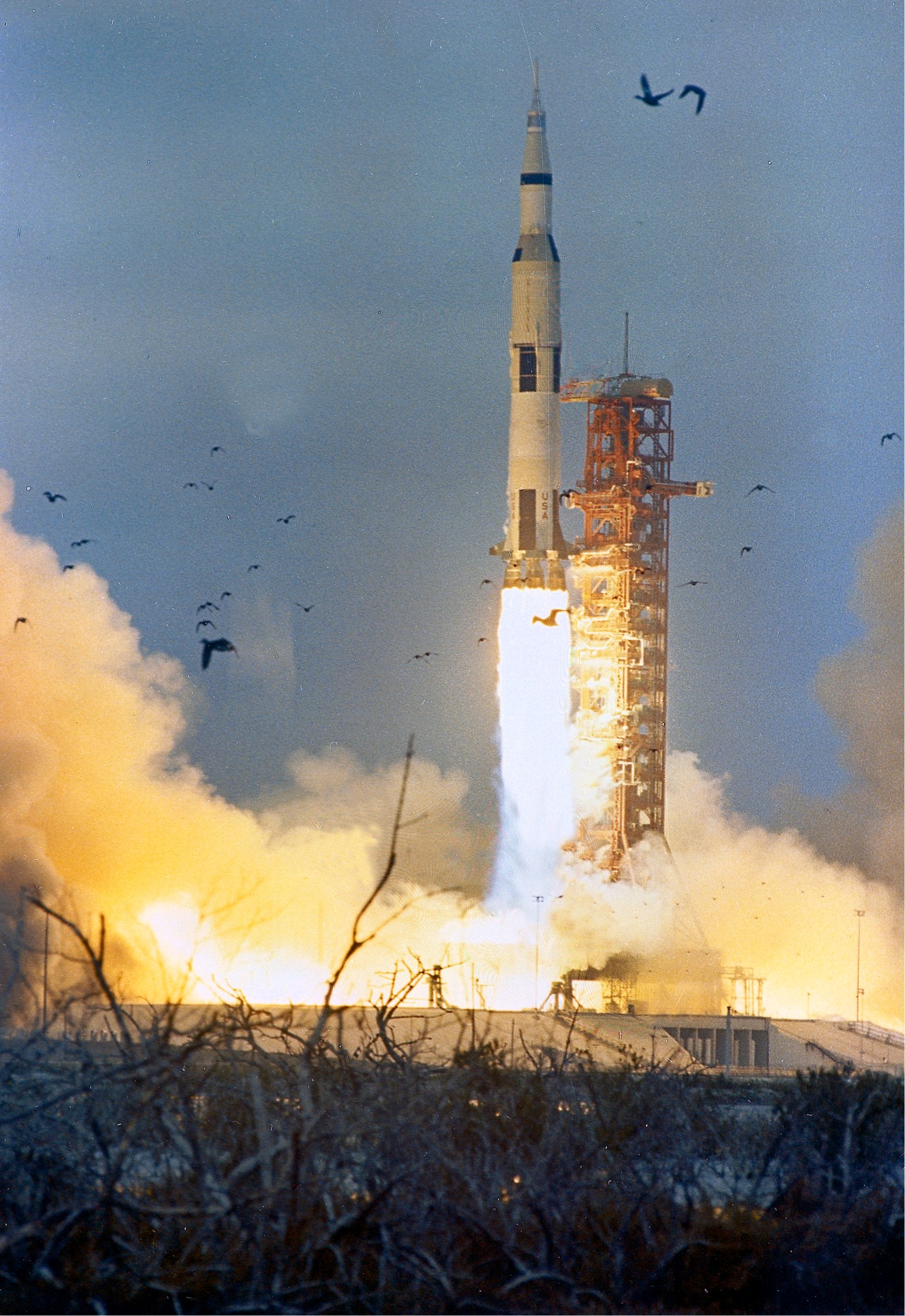
This week in 1969, Apollo 9 lifted off from Launch Complex 39B at NASA’s Kennedy Space Center. Primary mission objectives included an Earth-orbital engineering test of the first crewed lunar module and an overall checkout of the launch vehicle and spacecraft systems, the crew and procedures. All prime mission objectives were met and all major spacecraft systems were successfully demonstrated. The Saturn V was designed at NASA’s Marshall Space Flight Center. Now through December 2022, NASA will mark the 50th anniversary of the Apollo Program that landed a dozen astronauts on the Moon between July 1969 and December 1972, and the first U.S. crewed mission – Apollo 8 – that circumnavigated the Moon in December 1968. The NASA History Program is responsible for generating, disseminating, and preserving NASA’s remarkable history and providing a comprehensive understanding of the institutional, cultural, social, political, economic, technological and scientific aspects of NASA’s activities in aeronautics and space. For more pictures like this one and to connect to NASA’s history, visit the Marshall History Program’s webpage. (NASA)







